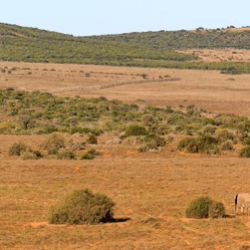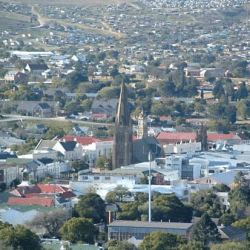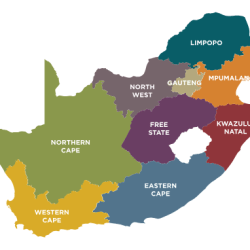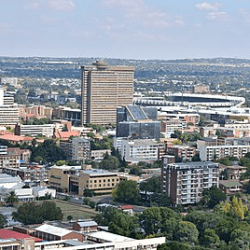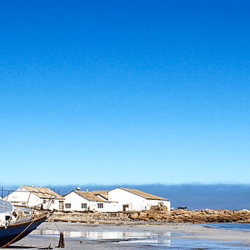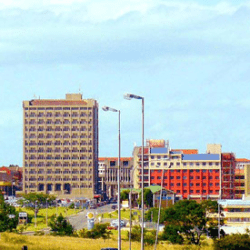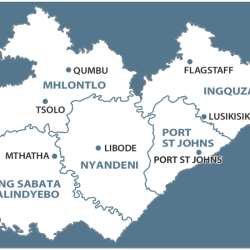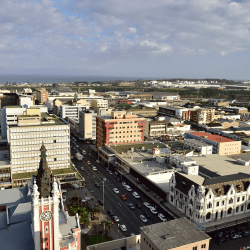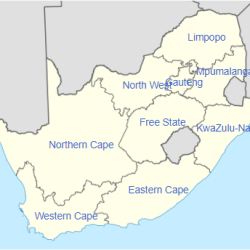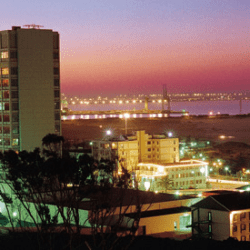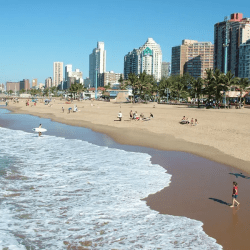BIRTH: 1789 in South Africa
DEATH: 29 Dec 1815 (aged 25–26) in Paris, City of Paris, Île-de-France, France
BURIAL SITE: Hankey, Sarah Baartman District Municipality, Eastern Cape, South Africa
Sarah Baartmen; was the most well known of at least two Khoikhoi women who, due to their large buttocks (steatopygia), were exhibited as freak show attractions in 19th-century Europe under the name Hottentot Venus—”Hottentot” was the then current name for the Khoi people, now considered an offensive term, and “Venus” referred to the Roman goddess of love.

Baartman died on 29 December 1815 of an undetermined inflammatory ailment, possibly smallpox, while other sources suggest she contracted syphilis, or pneumonia. Cuvier conducted a dissection, but did not do an autopsy to inquire into the reasons for Baartman’s death.
Baartman was born into a Khoikhoi family in what is now the Eastern Cape of South Africa. The Khoikhoi is a nomadic indigenous population of southwestern Africa.
Her birth name is unknown. The known name was given to her by Europeans.
Sarah’s father was killed when she was young and she spent her childhood and teen years in Afrikaner communities.
She gained attention from the European community because of her steatopygic body type, having substantial levels of tissue on the buttocks and thighs.
A British army surgeon who specialized in providing animal specimens for European showmen suggested she travel to Europe in order to make money exhibiting herself to the public. She eventually was brought to London in 1810, but it is unknown if it was of her own free will. Baartman was derogatorily marketed as the “Hottentot Venus.” Her exhibition was met with some degree of protest by the public and the African Association, a British club dedicated to the exploration of West Africa with many abolitionist members, sued in court for her to be allowed to act of her own accord. The case was eventually dismissed after Baartman was controversially questioned and indicated she was acting of her own free will.
She was taken to France in 1814 where she was subsequently sold to an animal trainer and her living conditions worsened considerably. Sarah Baartman died in Paris on 29 December 1815, without her cause of death being satisfactorily determined.
She was dissected and her skeleton and body cast were displayed in the Muséum d’histoire naturelle d’Angers, the skeleton remaining on display until 1974 and the body cast until 1976.

President Nelson Mandela formally requested that France return Sarah Baartman’s remains to South Africa. France eventually agreed to the request and her remains were returned to her homeland where they were buried on 9 August 2002 on Vergaderingskop, a hill in the town of Hankey. A stone monument was placed near Baartman’s grave declaring it a South African National Heritage Site. The monument states, “The return and burial of Sarah Bartmann’s [sic] remains in the region of her birth and Motherland has brought closure to her life and restored dignity to her, her ancestors and living descendants. The site should serve as a symbol to all South Africans and the world to strive towards recognizing past injustices to Khoi-san people, to women and vulnerable communities and to work towards building a nation that shows respect to human life, human rights and human dignity.”
Although Sarah Baartman’s life is viewed today as an example of racist colonial exploitation and the dehumanization of the native African people, her story is increasingly seen as a source of empowerment, protesting the ideals of European-Caucasian mainstream beauty.
Baartman became an icon in South Africa as representative of many aspects of the nation’s history. The Saartjie Baartman Centre for Women and Children, a refuge for survivors of domestic violence, opened in Cape Town in 1999. South Africa’s first offshore environmental protection vessel, the Sarah Baartman, is also named after her.
